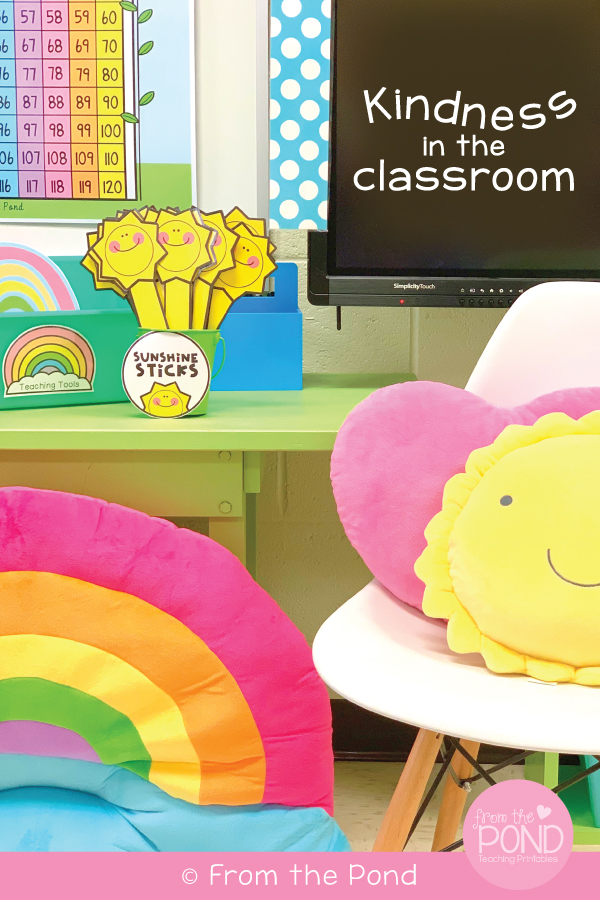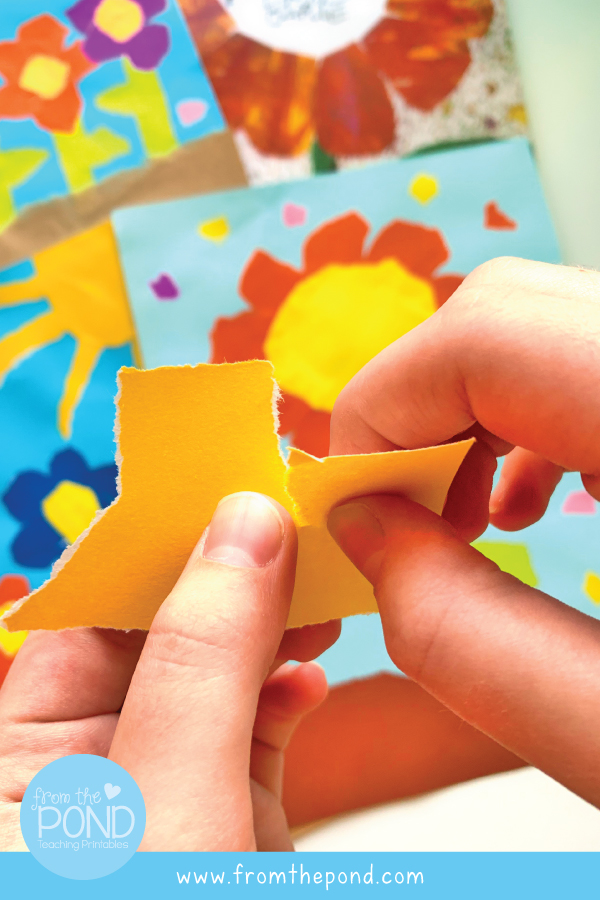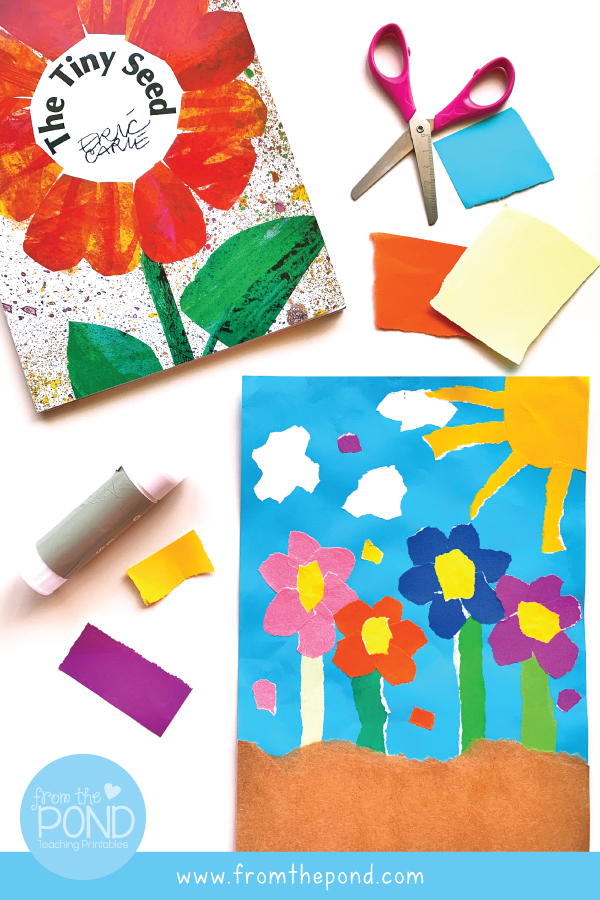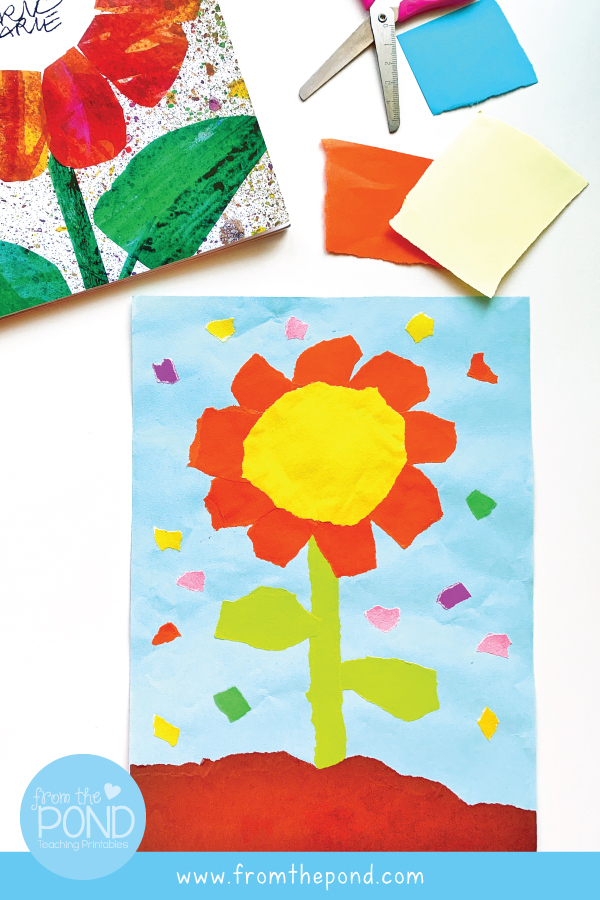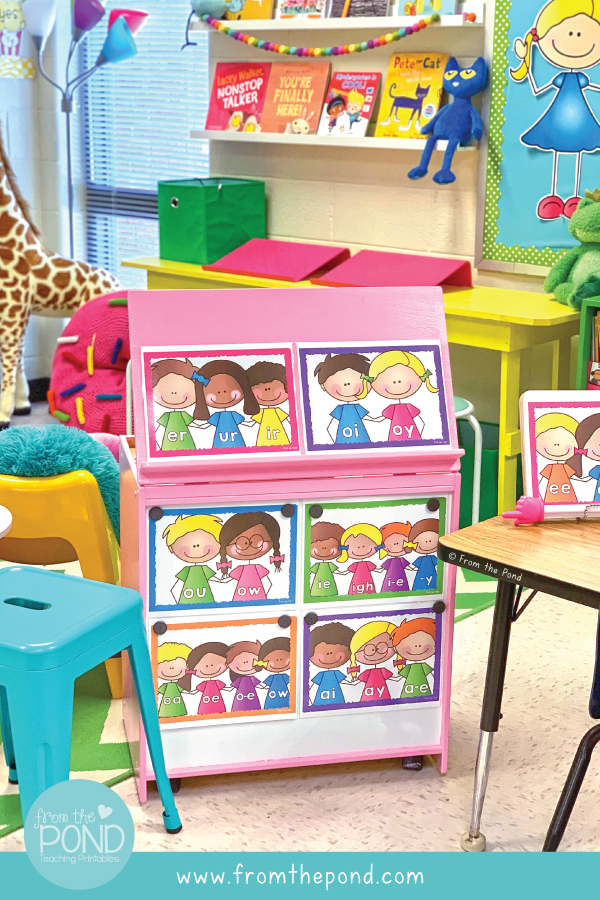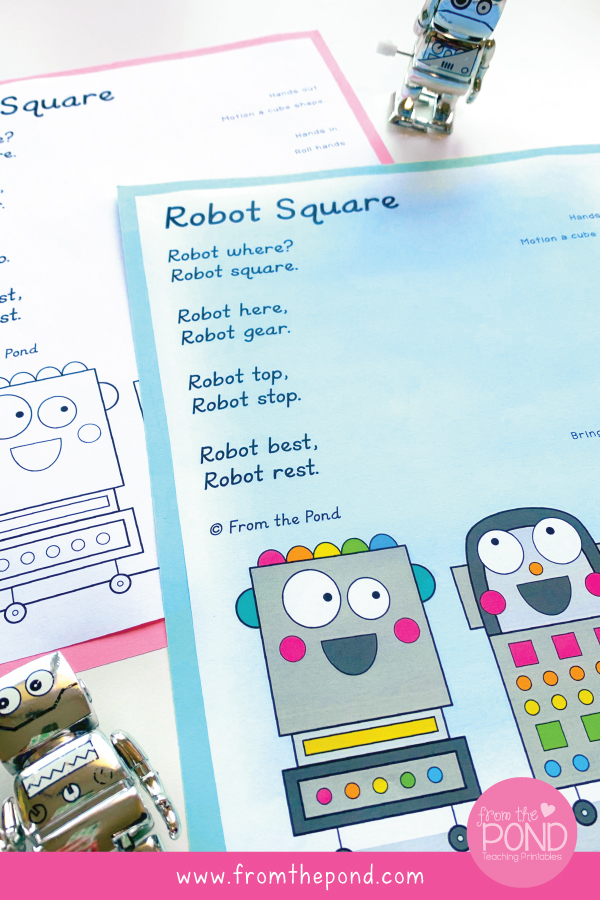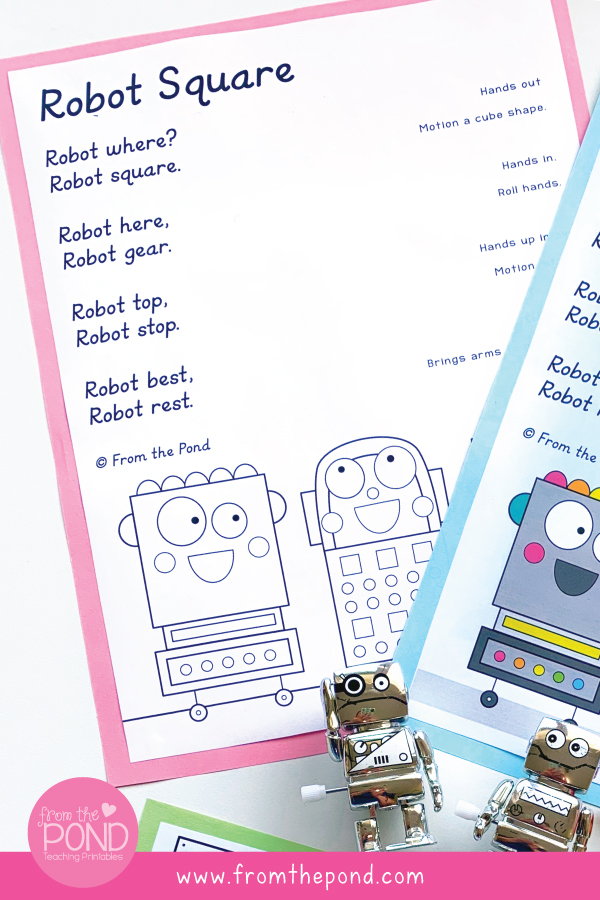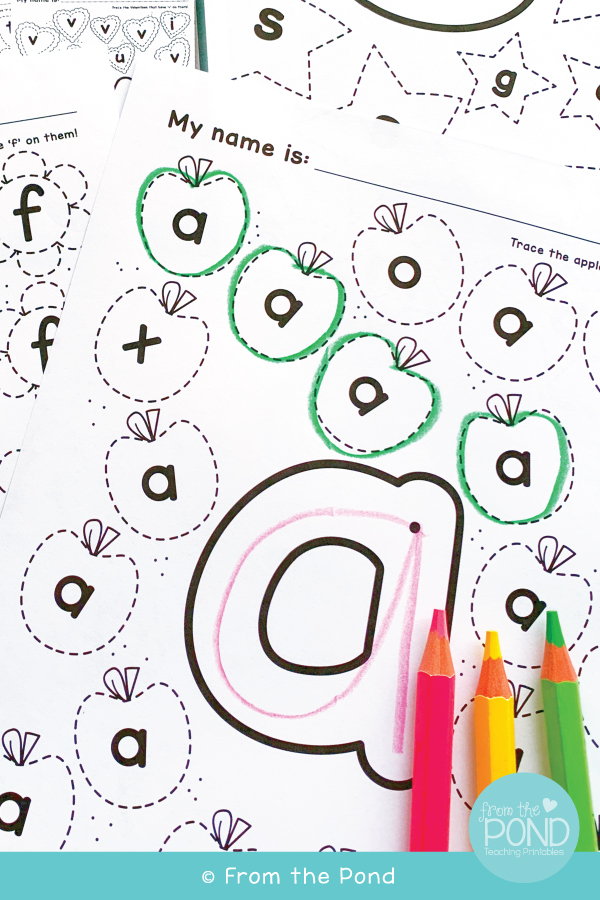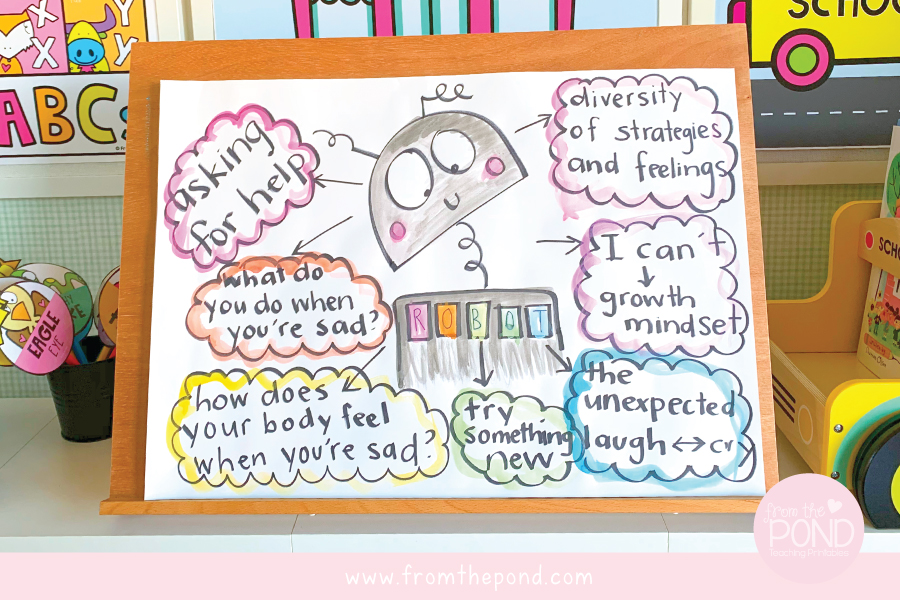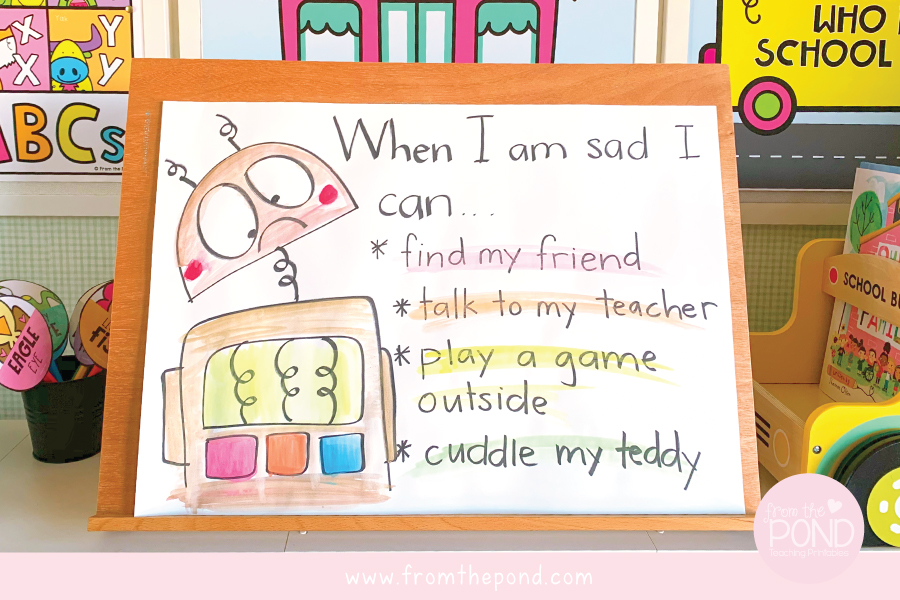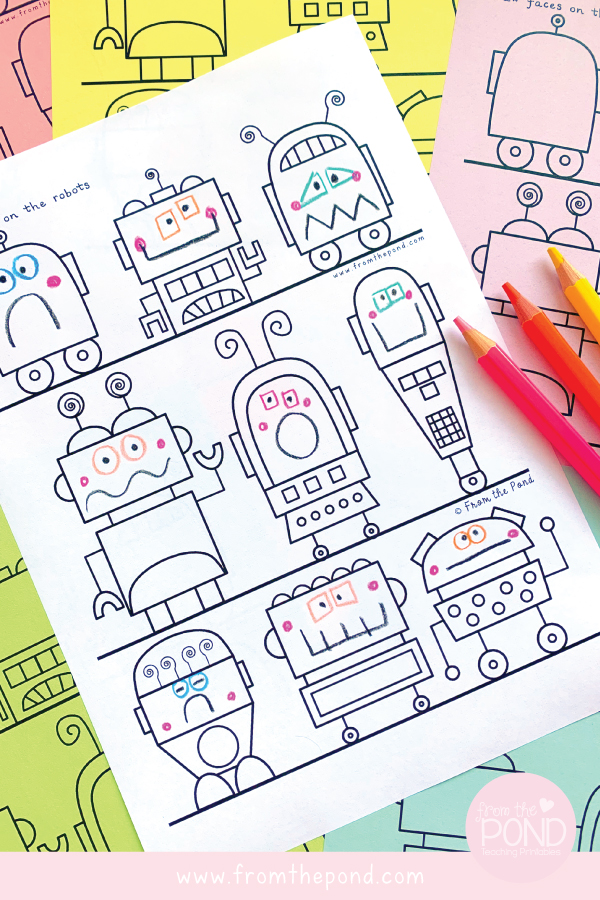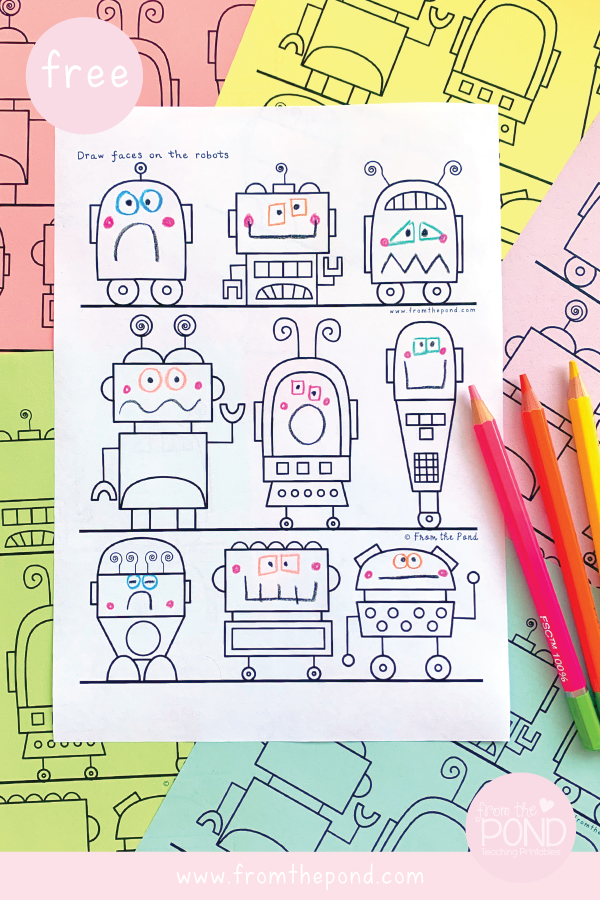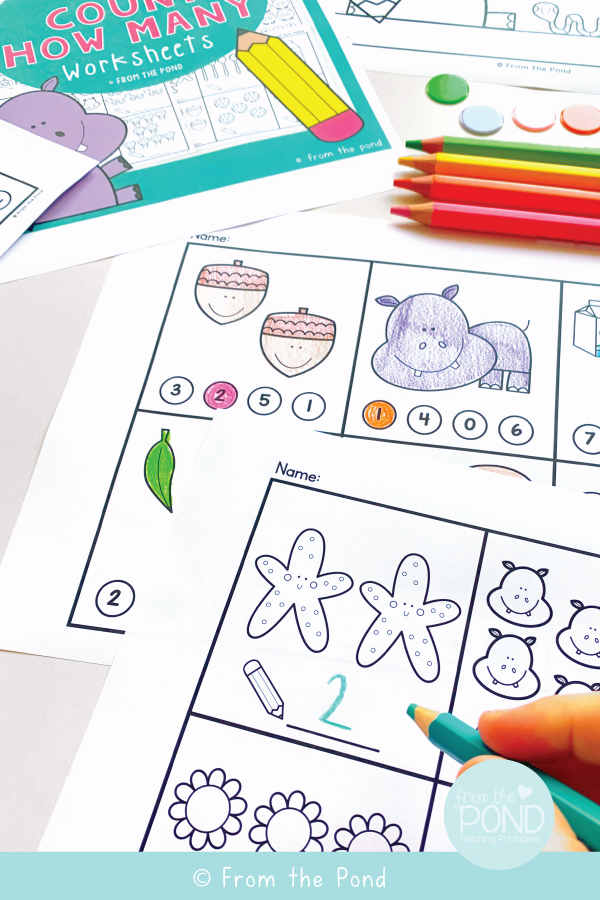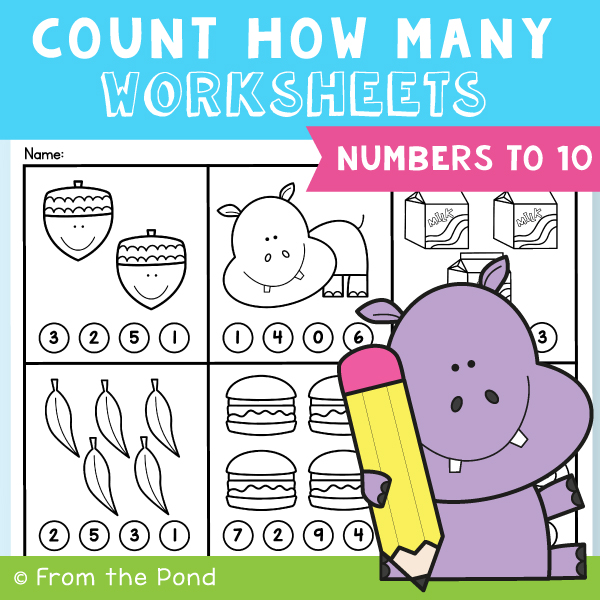A Kind Classroom
Encouraging students to demonstrate kindness in the classroom can help build a positive, thriving learning environment. We suggest that the most important influence on a positive classroom community, is for you to model kindness within the classroom and school. When children see kindness in action, especially from the adults around them, it will provide a natural platform from which a whole range of positive behaviors will grow.
3 easy way to encourage a kind classroom
We have 3 ideas that you can implement right away to get your kind classroom underway!
- Acknowledge kind acts when you see them - if you see your students doing kind things or saying kind things to their peers - let them know you think it is wonderful
- Read books about kindness - All Are Welcome by Alexandra Penfold is one of our current favorites. After reading the books, ask students to discuss how kindness was shown in the story.
- Give students actionable ideas with kind brain breaks - here students can carry out an act of kindness in a structured classroom routine - this will particularly help some of your students who are challenged with social situations
Kind Brain Breaks - Sunshine Sticks
We have a printable resource that will provide you with a routine for structured kind brain breaks. We call them Sunshine Sticks.
Print, laminate and add the happy suns to a craft stick. Whenever you have a few spare minutes, choose a student to pick a stick and read the kindness prompt - e.g. 'give your friend a high five'.
When students have done the act of kindness - be sure to label and encourage more of their positive behavior - you've just shown kindness to a friend. You can do this more through the week too!


